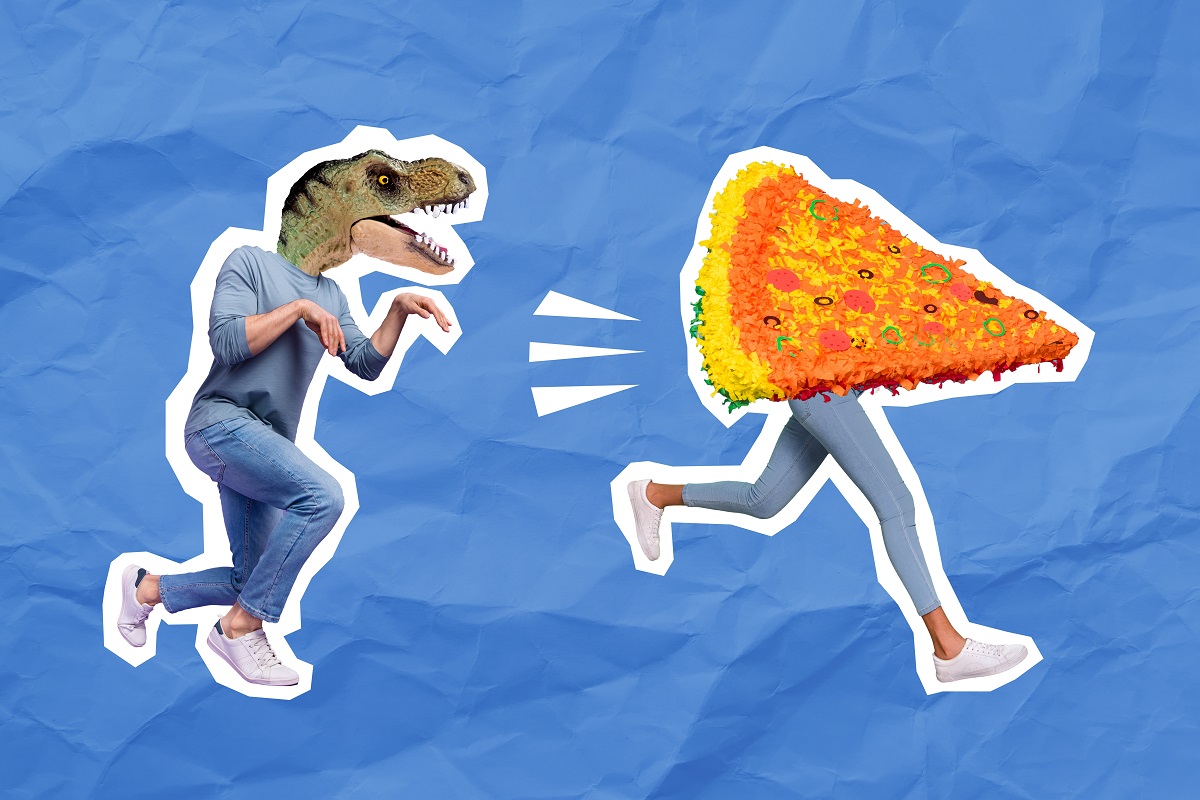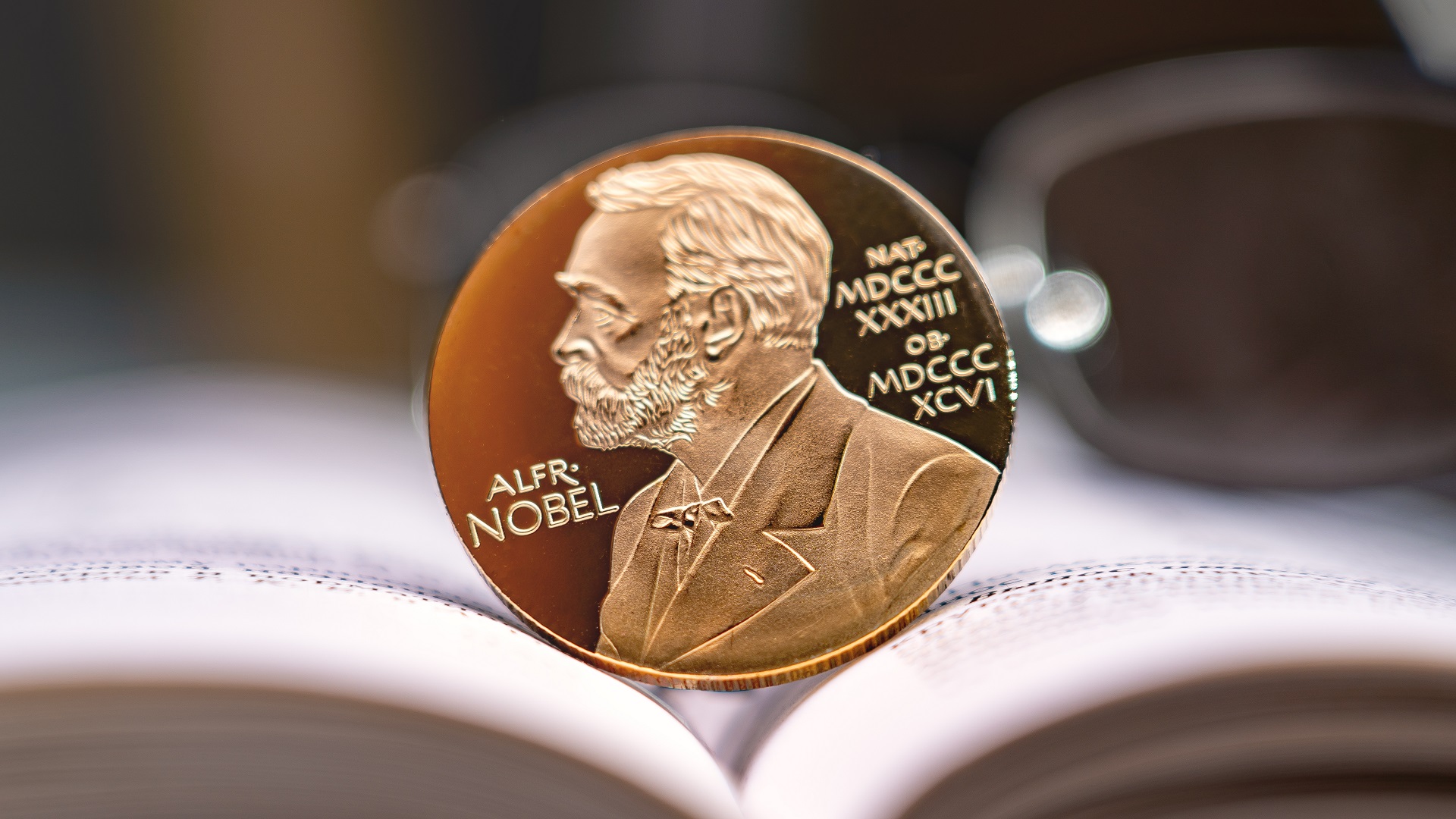Vaccines, variants and vigilance — here’s how to navigate this
flu season›››

The Nobel Prize represents innovation, excellence and global impact in science, literature and peace. Serious stuff.
But there’s a whole other world of weird, wacky and often hilarious science out there getting its own recognition. Welcome to a night of awards honoring research that makes us “LOL” — the IG Nobels.
Founded in 1991 by Marc Abrahams, editor of the satirical magazine Annals of Improbable Research, a bimonthly publication “spotlighting genuine, improbable research culled from the entire world,” the Ig Nobels are awarded to scientific researchers whose projects will “first make you laugh, and then make you think.”
It’s quirky and weird and hilarious, but it’s still science. And Nobel laureates hand out the awards.
 IMAGE: Shutterstock
IMAGE: ShutterstockNature Magazine says this gala is “arguably the highlight of the scientific calendar,” calling the awards “a welcome antidote to the everyday seriousness and stuffiness of life in the lab, providing a rundown of mildly amusing, and sometimes frankly ridiculous, science.”
The projects may seem ridiculous, but the Ig Nobels ignite interest in our world and surroundings.
Among the first Ig Nobel laureates is Robert Klark Graham, honored in 1991 for creating a genius sperm bank of Nobel honorees and Olympians. The Smithsonian Magazine calls the idea racist, but the bank did initiate change within the fertility industry.
But enough with the serious — we’re here to have a laugh, so without further ado, observe the hilarious moments of the 35th First Annual Ig Nobel Prize ceremony.
 IMAGE: Shutterstock
IMAGE: ShutterstockIt was a night of humor that included a nutrition prize awarded for groundbreaking research into the preferred pizza toppings of rainbow lizards.
Like many humans, the lizards wisely prefer cheese, extra cheese but mostly four-cheese.
An Italian team was awarded the physics prize for solving the worldwide crisis of why cheesy pasta sauce sometimes gets lumpy and how to avoid such a catastrophe.
Cacio e pepe was the dish on the menu and the research determined the cheese lumped upon reaching 65 degrees Celsius.
The solution is surprisingly not to lower the temperature but to incorporate the exact starch concentration required to bind with the cheese proteins. Here is the final and scientifically researched recipe.
“We have plenty of physics tools at hand to study phase separations, so we decided to apply that expertise to pasta sauce,” Giacomo Bartolucci said in an interview with Physics Magazine. Why not, right?
The theme of digestion seemed to consume the night as research tipped its hat to whether eating Teflon would, like food, achieve satiety and contribute to weight loss, what happens to a nursing baby when the mother eats garlic, and if drinking alcohol can sometimes improve the ability to speak in a foreign language.
OTHER PRIZES AWARDED
LITERATURE:
Awarded to the late William B. Bean, who consistently recorded and analyzed the rate at which his fingernails grew over 35 years.
BIOLOGY:
Given for experiments into whether painting a cow with stripes like a zebra would deter biting flies (FYI, it does).
ENGINEERING DESIGN:
Honored a team from India for analysis into how the experience of using a shoe rack can be impacted by stinky shoes.
AVIATION:
Conferred to Columbian researchers who studied whether alcohol ingestion can impair bats’ ability to fly and echolocate.
The prizes aren’t the only hilarity of the Ig Nobel gala evening. Like most awards ceremonies, the night is stacked with traditions and performances.
For example, each year since 1996, the ceremony has featured a mini opera, sometimes including actual Nobel laureates in the cast. This year’s was titled “The Plight of the Gastroenterologist.”
Other traditions include the audience chucking paper airplanes at the stage; Miss Sweetie Poo, who interrupts any speaker who drones on too long with a high-pitched wail of “Please stop: I’m bored”; the winning prize of 10 billion Zimbabwean dollars (equivalent to U.S. $0.002); and the customary closing words, “If you didn’t win a prize — and especially if you did — better luck next year!”
This year’s ceremony was also available to watch via webcast with Japanese captions.
You’re welcome.
More like this: It’s a macroscopic miracle



